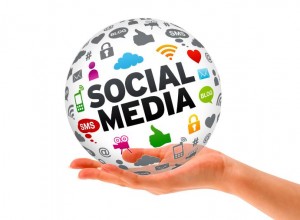Social Media: From the good ones to the bad
The horrific Nepal earthquake of 2015, which has left over 3,200 people dead and many more injured, has once again shown how crises unfold in various ways in this social media obsessed age.
For starters, the current Indian government has got its social media strategy spot-on when it comes to dealing with crises, even the ones that take place abroad. After giving live updates of the Yemen rescue operations and with the Minister tweeting out to one citizen at 1 am in the morning, the Ministry of External Affairs has once again been active in dispensing information on Nepal.
Twitter India News Head Raheel Khursheed also shared Slides on Facebook, which highlight exactly what is needed by those affected in Nepal. The slides explain that currently in Nepal dry rations, sugar, milk (not perishable cooked items) are urgent requirements. In addition to this, there are details of the medicines required, since many hospitals were destroyed by the quake. There’s also an address where people can drop off these items in Delhi, Mumbai, Hyderabad, Kolkata. You can visit the incrisis.org website here, if you wish to donate.
However, on the other side of the spectrum, there were insensitive responses and comments regarding the earthquake.
Lenskart sent out an alert saying, ‘Shake it off like this Earthquake,’ while AmericanS wan sent one about ‘earth shattering discounts.’ Both companies then apologised, (after more than an hour) when they realised that their strategy had backfired and that there had been massive destruction in Nepal.
But even if there had not been destruction, there’s really no justification for such a message, since it is a life-threatening event. Both companies chose to ignore restraint, and instead wanted to quickly send out what they thought were delightful puns on the subject.
With Nepal Earthquake, the positive side of social media and governance has definitely come to the fore.























Connect
Connect with us on the following social media platforms.